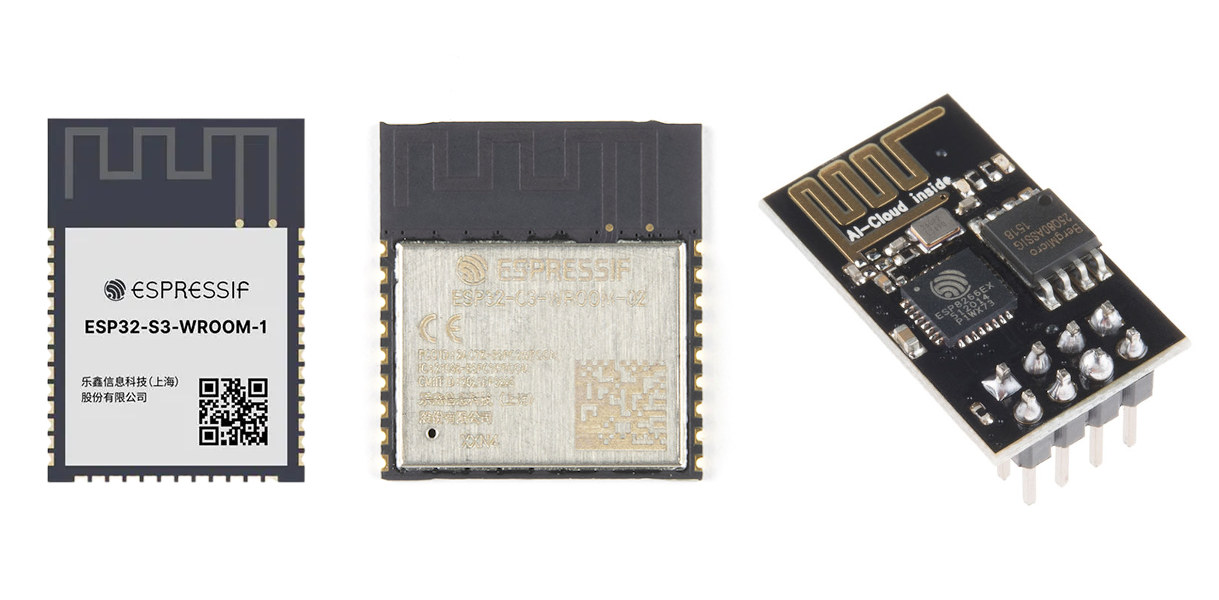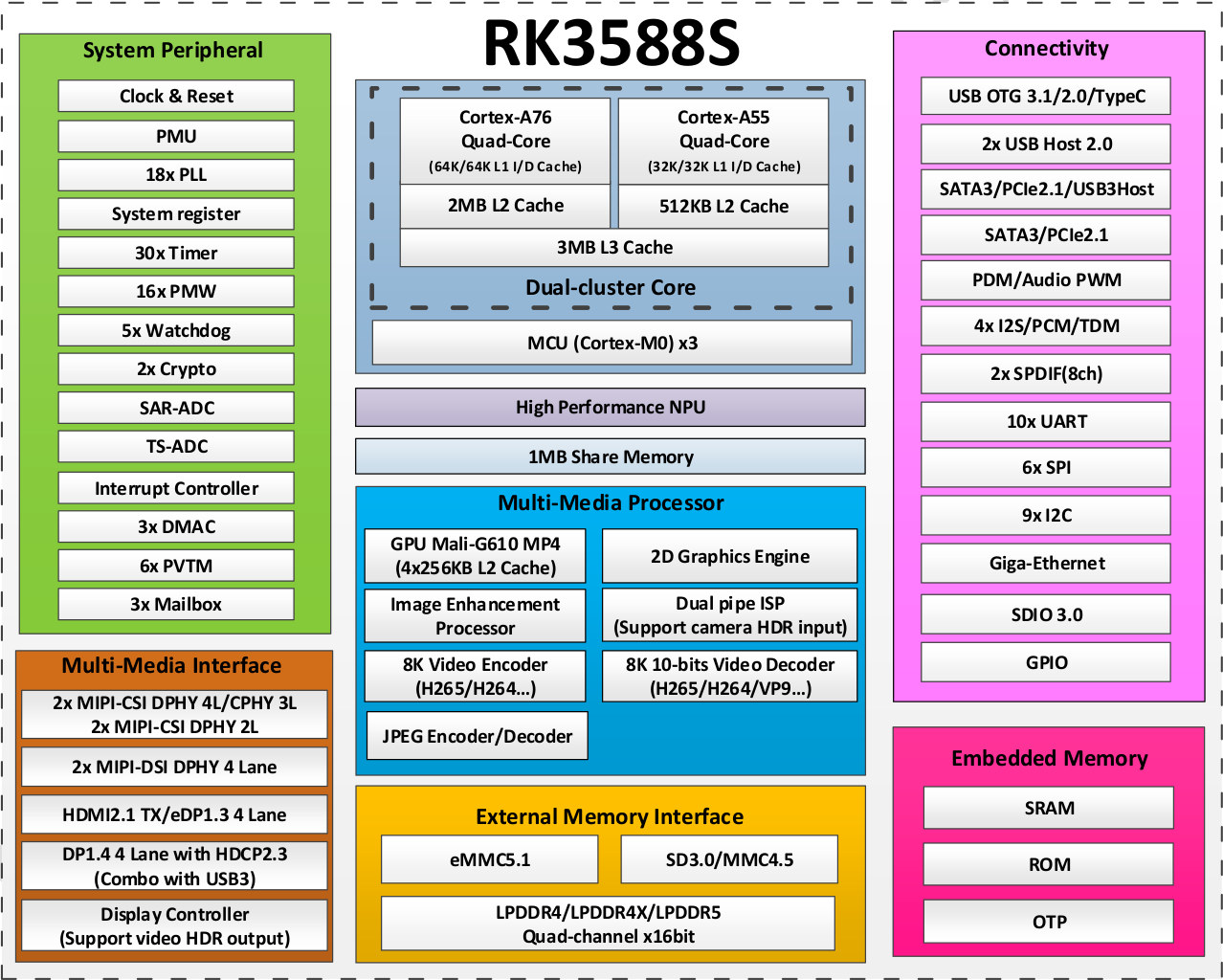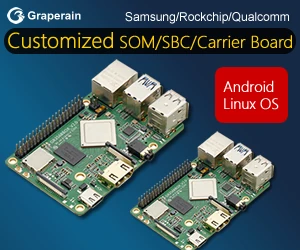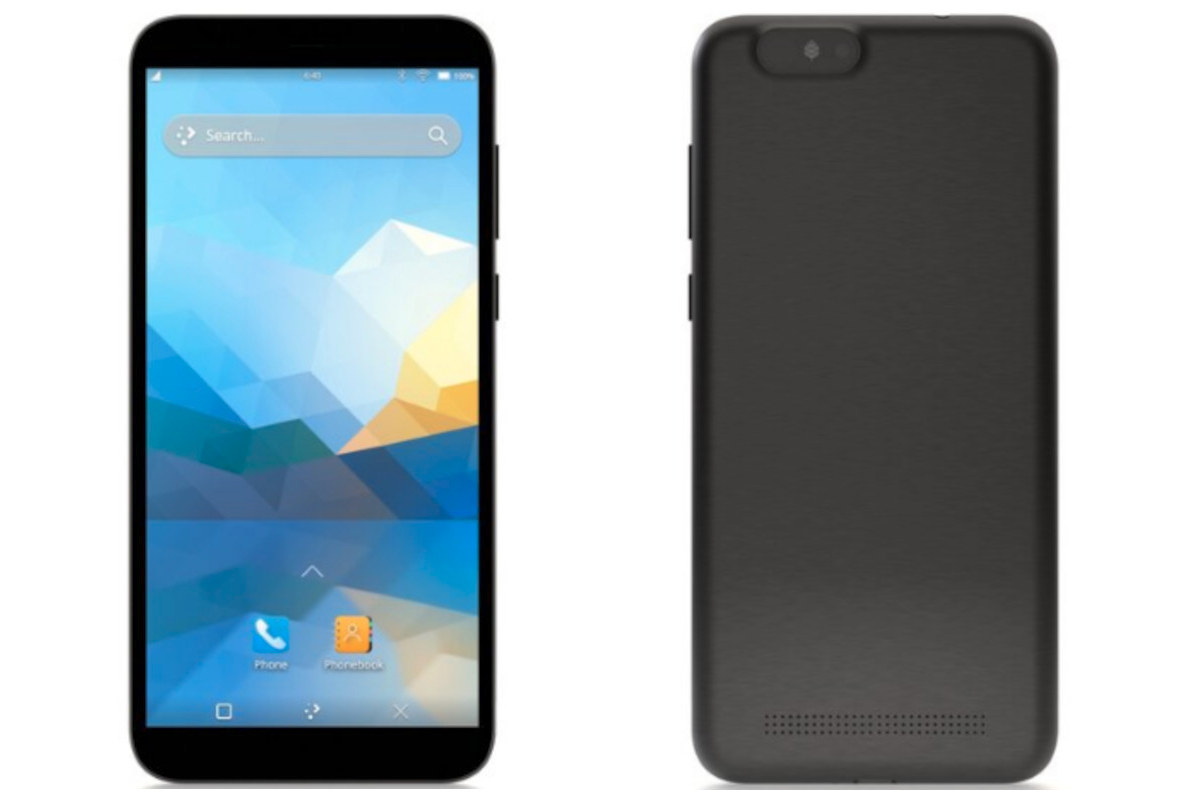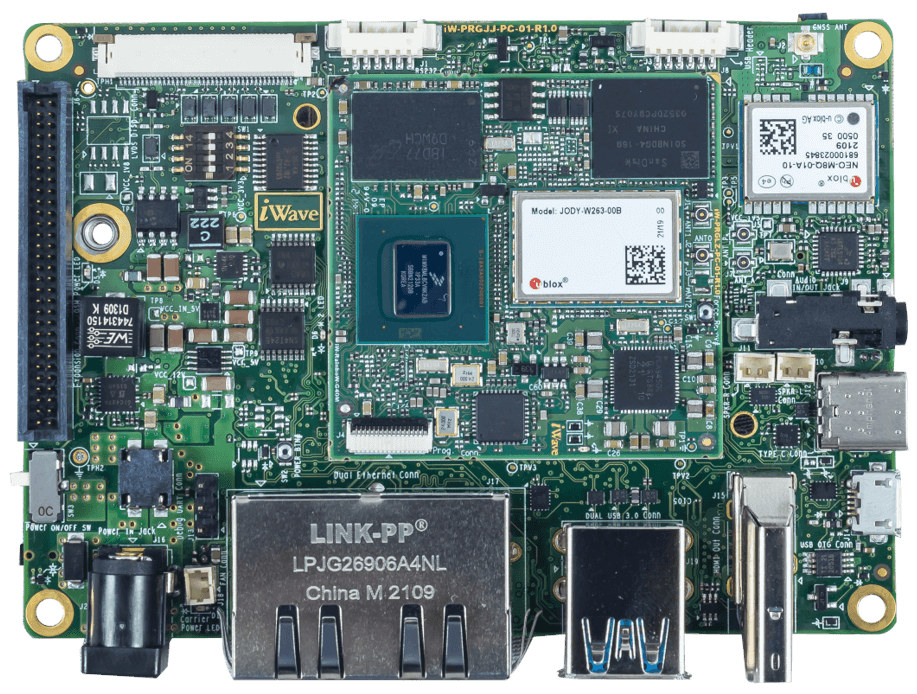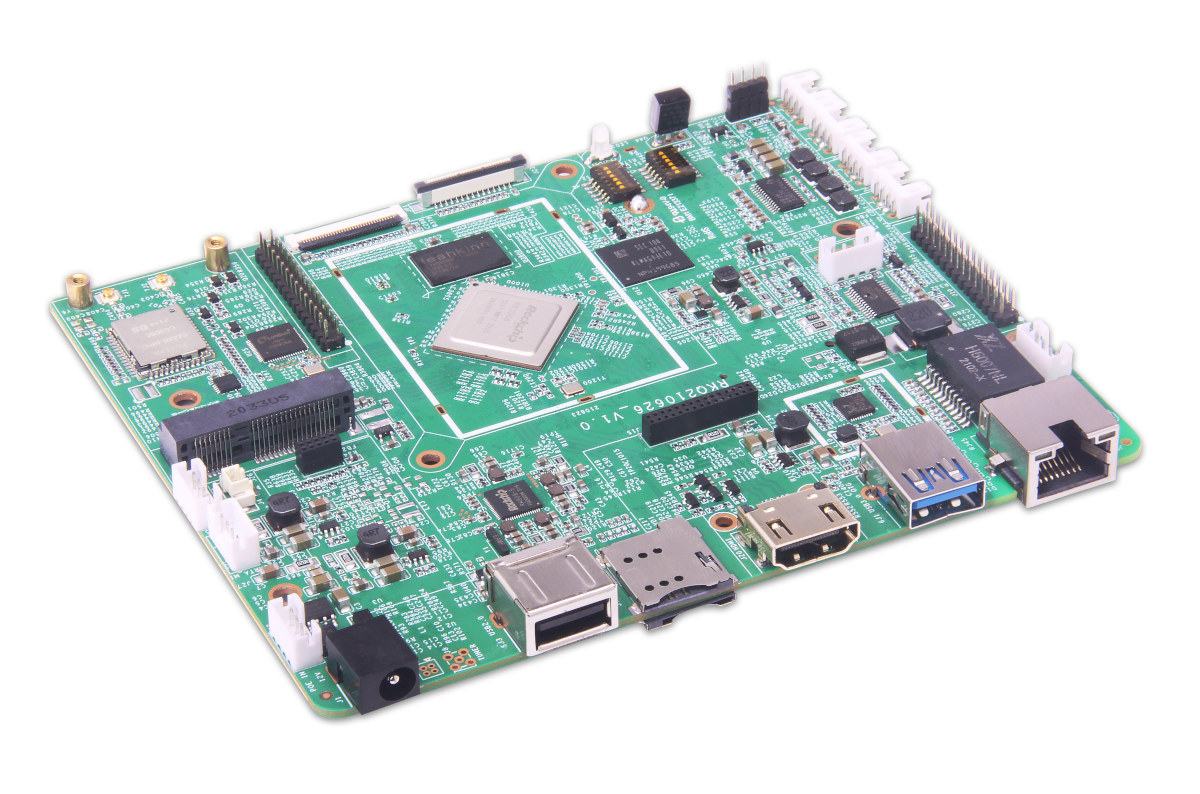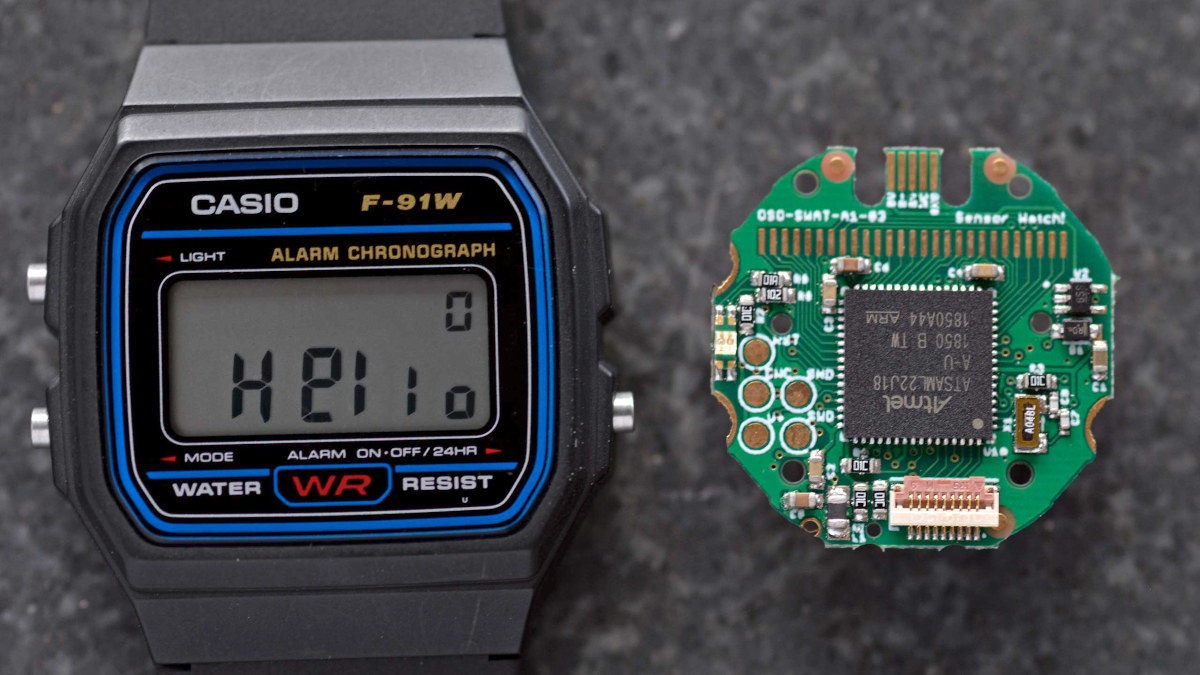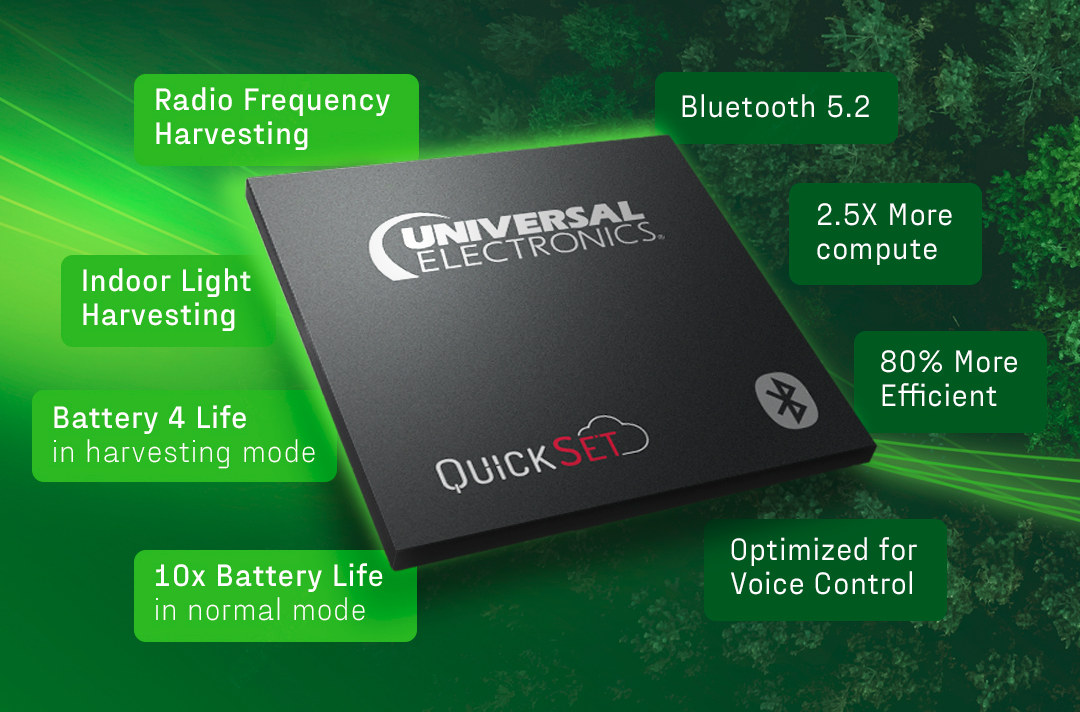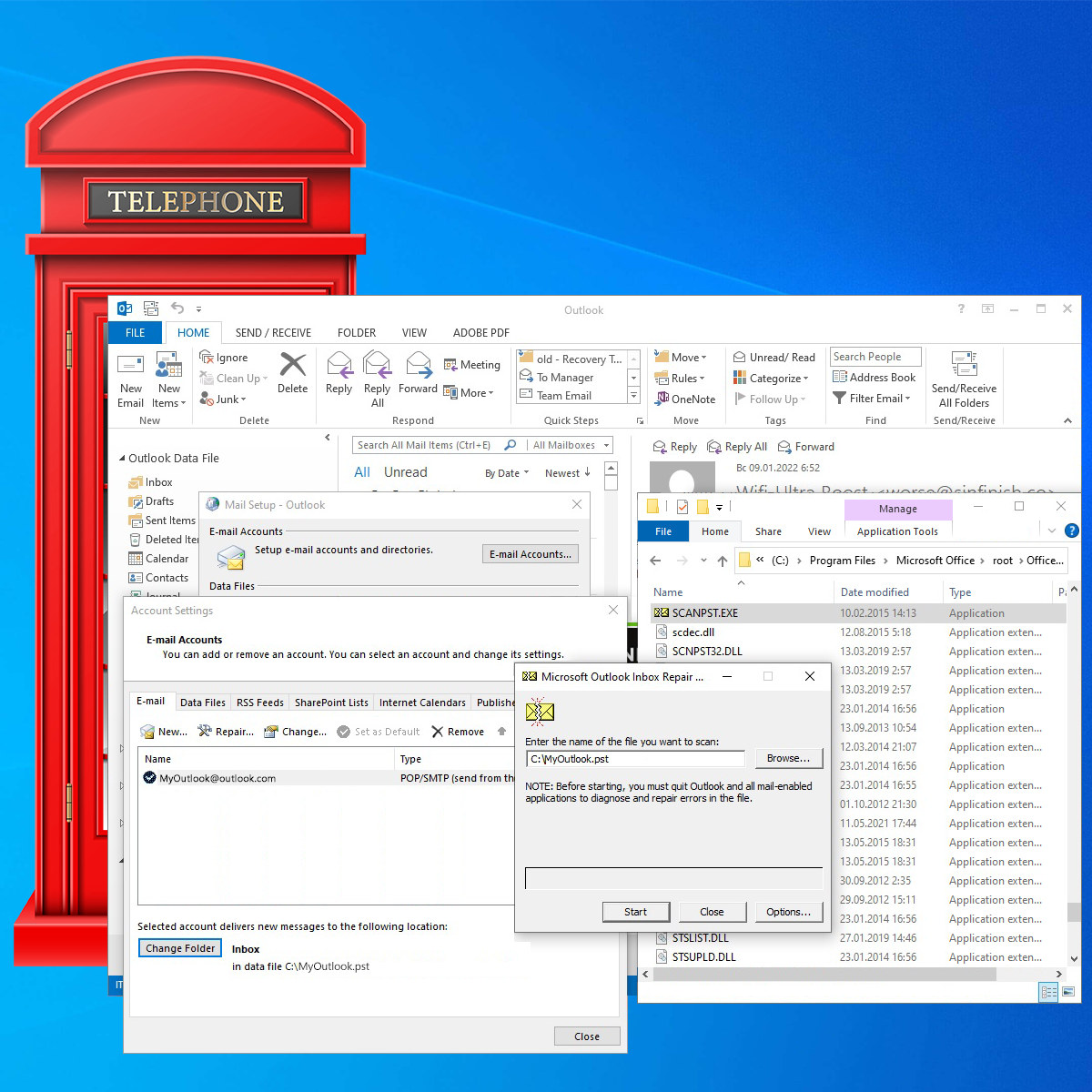The ESP32-S3 chip is equipped with an Xtensa 32-bit LX7 dual-core processor clocked at up to 240 MHz, supports 2.4 GHz Wi-Fi and Bluetooth 5 LE, and boasts AI instructions, as well as a reliable security encryption engine, specially built for the AIoT market. Modules based on the ESP32-S3 processor bring many benefits to designers with support for Bluetooth Long Range mode, plenty of resources with 512 KB SRAM (TCM), 45 programmable GPIO pins, and rich communication interfaces. They can also handle high-speed Octal SPI flash with higher capacities, as well as off-chip PSRAM. So, what are the differences between the new ESP32-S3 modules, and typical ESP32-C3 and ESP8266 modules? Let’s find out.
Rockchip RK3588S cost-optimized Cortex-A76/A55 processor adds CAN bus, drops PCIe 3.0, other peripherals
Rockchip RK3588S is a cost-optimized version of the RK3588 octa-core Cortex-A76/A55 processor with fewer peripherals, and I’ve been told it’s been designed for tablets, but as we’ll see below, the processor will probably find its way into many other applications. We first saw RK3588S during the Rockchip Developer Event last December, but at the time we did not have any information, except it would be a lower-cost version. I’ve now received an RK3588S datasheet, so let’s have a look at the block diagram and specifications to find out what’s different. Rockchip RK3588S specifications with highlights in bold showing the differences against RK3588: CPU – 4x Cortex-A76 and 4x Cortex-A55 cores in dynamIQ configuration GPU Arm Mali-G610 MP4 “Odin” GPU with support for OpenGLES 1.1, 2.0, and 3.2, OpenCL up to 2.2 and Vulkan1.2 2D graphics engine up to 8192×8192 source, 4096×4096 destination AI Accelerator – 6 TOPS NPU 3.0 (Neural […]
PinePhone Pro Explorer Edition Linux smartphone is up for pre-order for $399
Pine64’s PinePhone Pro “Explorer Edition”, the successor of the PinePhone Linux smartphone with a much more powerful Rockchip RK3399S processor, is now available for pre-order for $399 on Pine64 store, but mostly for Linux developers since there’s still a lot of work to do before the phone becomes usable. Based on Allwinner A64 processor, the original PinePhone was the cheapest Linux smartphone you could get, but as a user, I can also say it’s sluggish and suspect only a few people have made it their main mobile device. The story should be a different story with PinePhone Pro with much better specs include on hexa-core Cortex-A72/A55 processor tweaked to consume less power than RK3399, 4GB RAM, 128 GB eMMC flash, and a 6-inch display that makes it more like a typical entry-level/mid-range smartphone. PinePhone Pro Explorer Edition specifications: SoC – Rockchip RK3399S hexa-core processor with 4x Arm Cortex A53, 2x […]
i.MX 8M Plus solderable LGA module follows OSM Size-L standard
SGET Open Standard Module (OSM) specification was ratified in November 2020. It defined specifications for solderable LGA system-on-modules, and we first noticed it though through the launch of F&S Elektronik “FS 8MM OSM-SF” module powered by an NXP i.MX 8M Mini processor, and following OSM Size-S standard (30x30mm). As we noted in our introduction about the Open Standard Module, SGET defined four sizes from Size-0 (30x15mm) to Size-L (45x45mm), and there’s now at least one “Large” OSM module courtesy of iWave Systems, and their iW-RainboW-G40M module equipped with an NXP i.MX 8M Plus processor for AI applications. iW-RainboW-G40M specifications: SoC- NXP i.MX 8M Plus Q/QL/D quad-/dual-core Cortex-A53 processor up to 2.0 GHz, with Arm Cortex-M7 real-time core @ 800 MHz, Vivante GC7000UL 3D GPU, Vivante GC520L 2D GPU, 2.3 TOPS NPU System Memory – Up to 8GB LPDDR4 Memory Storage – Up to 256GB eMMC flash Wireless – 802.11a/b/g/n/ac/ax Wi-Fi […]
Rockchip RK3568 SBC to power 4G/5G, WiFI 6 connected smart displays, features an optional tuner
Geniatech is back with another Rockchip RK3568 SBC. The K3-3568 single board computer is designed specifically for smart displays with 4G LTE, 5G, or WiFi 6 connectivity, and follows last year’s “Geniatech RK3568 development board” (aka DB3568) offered as a full-featured development kit for Rockchip RK3568 SoC. K3-3568 SBC ships with up to 8GB RAM, up to 64GB eMMC flash, and offers multiple display interfaces with HDMI, MIPI DSI, LVDS, eDP, plus and an internal HDMI input connector, as well as support for an optional DVB-T2, ISDB-T, DMBT, or ATSC digital tuner. Geniatech K3-3568 specifications: SoC – Rockchip RK3568 quad-core Cortex-A55 processor up to 1.5/2.0 GHz with Arm Mali-G52 GPU supporting OpenGL ES 1.1/2.0/3.2, OpenCL 2.0, Vulkan 1.1, 0.8 TOPS NPU for AI acceleration System Memory – 2GB, 4GB, or 8GB LPDDR4 Storage 16GB, 32GB, or 64GB eMMC 5.1 flash MicroSD card slot M.2 socket for NVMe SSD (See expansion […]
Microchip SAM L22 board makes Casio F-91W watch more customizable (Crowdfunding)
Casio F-91W is a popular watch that was first released in 1989, and it is still sold today for around $15. The team at “Oddly Specific Objects” decided to create the “Sensor Watch” open-source hardware board based on Microchip SAM L22 Cortex-M0+ microcontroller that can replace the electronics inside the watch. They still keep the display and enclosure and wristband from the original Casion F-91W watch, but the new board connects to a temperature sensor board, and more importantly, provides the ability to hack/program the watch with your own code, besides the few samples provided, or even design your own sensor board. Sensor Watch board specifications: MCU – Microchip SAM L22 Arm Cortex M0+ microcontroller @ 32 MHz with 32KB RAM, 256 KB of Flash with up to 16 KB EEPROM emulation area Display – Controller for 10-digit segment LCD, plus five indicator segments USB – 1x Micro USB PCB […]
“Extreme low power” chip with energy harvesting provides lifetime battery solution for remote controls
Most people probably don’t mind changing batteries in remote controls every so often, but it contributes to e-waste especially if you’re not using rechargeable batteries, and I always find it’s pain as I don’t usually have stock, or don’t feel like waiting for several hours to recharge the batteries. Universal Electronics Inc, or UEI for shorts, claims to have a solution with a family of QuickSet-certified chips using “Extreme Low-Power”, energy-harvesting and “high-performance technology” that would provide lifetime battery life to Bluetooth, voice remote controls. The main goal is “to help transition the world towards a more sustainable future, by reducing primary battery waste throughout the life of the product, which in turn reduces the cumulative CO2 footprint”. We don’t have a lot of information about the chip, but the company provides some of the key benefits of the Bluetooth 5.2 SoC: Arm-based with Trustzone security Up to 2.5 times […]
How to repair lost data in .ost and .pst files in Microsoft Outlook 365 (Sponsored)
Any software, even the most reliable, can at times encounter certain errors that prevent it from functioning, and Microsoft Outlook is no exception. Despite the fact that this program is extremely reliable, in certain situations, users may indeed encounter errors that require proactive action. In most cases, these errors are related to the storage of personal information in OST and PST files. These files are necessary for the stable operation of the application since they store part of the user data. In the event that these files are damaged, then further work with the program becomes impossible, and it will complain about errors. In this article, we will take a closer look at the basic recovery methods. Note that not only standard approaches to solving the problem will be considered, but also various additional tools. Recovery Toolbox for Outlook is an effective tool for recovering errors from Outlook. The program […]


